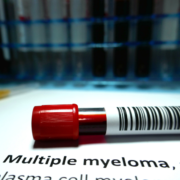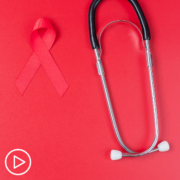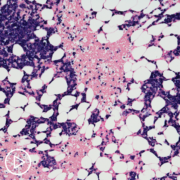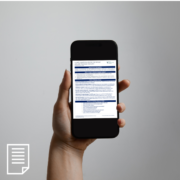Checking the Pulse on Multiple Myeloma Health Disparities
Even before the coronavirus pandemic arrived, health and patient support organizations made resolute efforts to examine and address health inequities for multiple myeloma patients in Black, Indigenous, and People of Color (BIPOC) communities. Diverse Health Hub and the Patient Empowerment Network partnered to help improve health outcomes for underserved myeloma patients through the Diverse Partners in Your Myeloma Care program. With a tumultuous year filled with the killing of George Floyd, social unrest, and coronavirus health disparities for BIPOC groups, these issues prompted us to focus on where things stand with multiple myeloma health disparities. We’ll take a look at what we know, what we’ve learned, and what help and resources are needed to continue advancing care for BIPOC myeloma patients.
Disparity Facts About BIPOC Myeloma Patients
-
Both Black Americans and Latina and Latino Americans show a myeloma precursor called MGUS, or monoclonal gammopathy of undetermined significance, more frequently than others—.88 percent in Black Americans, .44 percent in Latina and Latino Americans, and .22 percent in white Americans.
-
Although multiple myeloma is diagnosed at a younger age in both Black Americans and Latina and Latino Americans, both groups are less likely to receive a transplant and start treatment later than patients of other races.
-
Black Americans are actually known to have less aggressive myeloma, which should show better health outcomes—yet that is not the case.
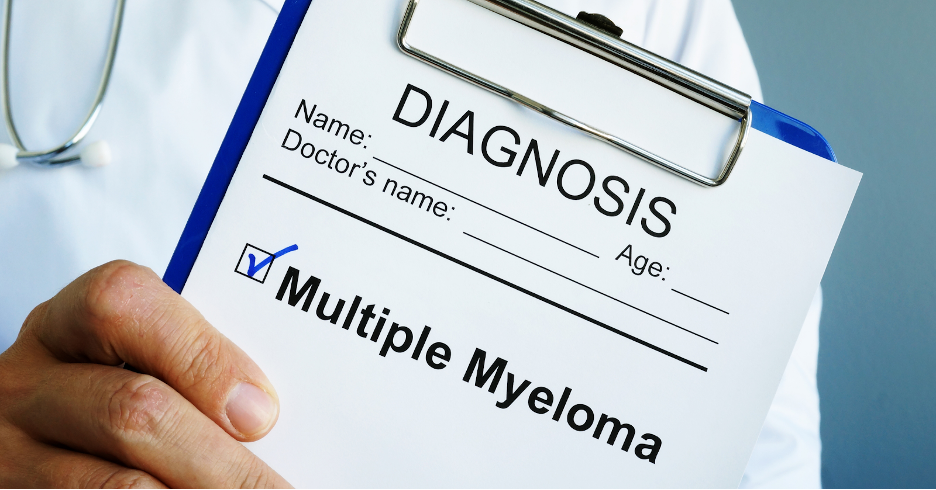
Learnings About BIPOC Myeloma Patients
Black and other BIPOC patients often have mistrust of doctors and researchers due to past experiments like the Tuskegee Study and Henrietta Lacks – whose now infamous immortal HeLa cells were taken without her consent. “If I were to walk into any community, African American community, or underserved community, that is one of the first things. They’re going to be mistrustful of me. And it’s a very difficult barrier to overcome. And that also leads over into African Americans contributing, being donors, African Americans participating in trials. It all feeds over into everything that’s done in the African American community or underserved community in regards to healthcare,” says patient navigator Diahanna Vallentine.
Barriers to care must be overcome according to Dr. Sikander Ailawadhi from the Mayo Clinic, “Myeloma patients who are African-American and Hispanic typically get to the right treatment much later. In a lot of cases they may not get to the right treatment at all. We also know that the burden of cost of care is much higher for minority patients.”
Improvements are happening in care as explained by Dr. Ajay Nooka from Emory University School of Medicine, “What’s really interesting in this meeting is that there has been a lot of large database integrations, including one database called the National Cancer Database (NCBD) where people have looked at 20-year history of how these treatments have panned out. Which of the minority populations or which subset of patients gained the most benefit over the last 20 years? And we see minorities have gotten a lot of improvement and a lot of access to care over the last 20 years, but that’s not the end of the story, we have to catch up a lot more.”
The Path to Health Equity
Although the additional focus on health inequities has started to improve access to care, there is still a critical need to raise awareness about the treatment gaps for myeloma patients in BIPOC populations. How can myeloma patients get the best care no matter where they live when factors like age, geography, socioeconomic status, ethnicity, gender, and insurance type heavily influence the path to better health outcomes?
Some valuable steps that patients, community leaders, and healthcare providers can take to improve care include:
-
Support organizations providing educational materials to patients that are target specific BIPOC groups
-
Patients and advocates making the BIPOC voice heard by asking for funds from community and political leaders to improve care
-
Healthcare providers developing relationships and partnerships with political leaders and support organizations to continue building momentum in improving patient care
-
Patients taking advantage of social workers and patient navigators at their clinics and support organizations
-
Patients, advocates, and healthcare providers working to increase clinical trial participation
-
Healthcare providers integrating cultural competency as a universal approach in the healthcare model
Resources like myeloma patient resource guides, informational graphics, and the Myeloma Coach section on the Myeloma Crowd website provide valuable information for patients. And though trust of clinical trials by BIPOC populations remains an issue, there are initiatives like Diversity in Clinical Trials Benefits Everyone. BIPOC patients can take action working together with medical researchers to increase clinical trial participation to improve and refine myeloma treatment developments for specific patient populations. If you want to explore options in your treatment, seek out resources that embrace diversity in clinical trials. The “All of Us” program is a public health initiative designed to remove the barriers that prevent inclusive access.
Participating in clinical trials not only will improve myeloma treatments down the line but also provides a minimum of standard of care treatment at no cost to the patient. It’s a win-win for both the patient who participates in the study and also helps the progression of treatment for BIPOC patients diagnosed with myeloma in the future. Though progress has been made, patients, advocates, community leaders, and healthcare providers must take action to continue an upward movement to achieve equitable care that BIPOC myeloma patients deserve. Take advantage of the resources below and continue to visit our Multiple Myeloma Hub as we publish more on health equity developments for multiple myeloma.
Resources to Learn About Improving Myeloma Health Disparities
Disparities Around Health Technology Access for Subset of Myeloma Patients
Good News for Myeloma Treatment Today – Still Addressing Race-Associated Risks
2020 Shaping Up to Be a Big Year for Multiple Myeloma Treatment
How Can a Myeloma Patient Advocate/Financial Advisor Help
Is It Possible to Achieve Health Equity in Multiple Myeloma?
Are Myeloma Clinical Trials More Critical for African Americans?
A Multiple Myeloma Advocate’s Uphill Battle to Care
What Do Disparities in Multiple Myeloma Look Like?
How a Second Opinion Saved a Myeloma Patient’s Life
Myths vs. Facts: Myeloma Health Disparities Care Infographic
How Can I Get the Best Multiple Myeloma Care No Matter Where I Live? Resource Guide
Diversity in Clinical Trials Benefits Everyone
Sources
How Can a Myeloma Patient Advocate/Financial Advisor Help? Patient Empowerment Network website. https://powerfulpatients.org/2020/08/17/how-can-a-myeloma-patient-advocate-financial-advisor-help/ Accessed October 19, 2020.

